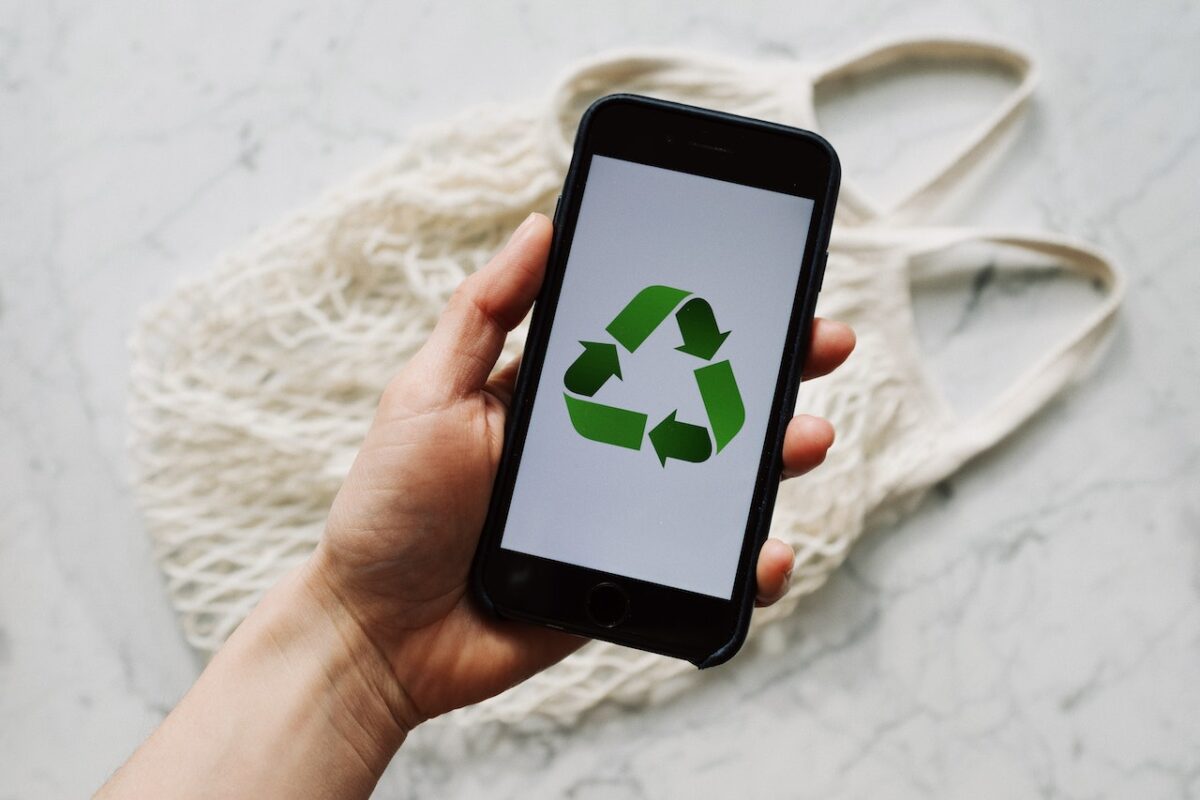The Steps for Starting an Electronics Recycling Program at Work

E-waste (electronic waste) is one of the fastest-growing categories of waste in the world. It’s estimated that up to 50 million tons of e-waste is produced each year globally, and only about 12.5% of it is recycled. This means that the vast majority of e-waste ends up in landfills or is incinerated, releasing toxic chemicals into the environment.
If you plan to reduce the amount of e-waste your workplace produces, setting up an electronics recycling program is an effective way to do this. An electronics recycling program provides a convenient way for your employees to recycle their old electronics, which can help reduce your organization’s environmental footprint and save you money on waste disposal costs.
This article will discuss the process of setting up an electronics recycling program at your workplace. By following these steps, you’ll be able to reduce your organization’s contribution to the global e-waste problem and positively impact the environment.
1. Choose a Recycling Partner
Take time to research potential partners with a responsible and reputable recycling company that offers certified recycling and data security services. This is to ensure that they follow all laws and regulations regarding the processing and disposal of electronic waste. Additionally, look for one that provides reporting and tracking services to ensure that the e-waste is recycled in an environmentally-responsible manner.
2. Set up a Collection System
The e-waste collection system should include a designated space for collecting electronics, a process for sorting and tracking the materials, and a plan for transporting them to a certified recycling facility. Make sure that the collection system is secure, easily accessible, and compliant with all applicable laws and regulations. Additionally, be sure to provide ongoing training for employees so that the program runs smoothly.
3. Educate Employees about the Program
Providing information via meetings, the company intranet, or other training sessions is a fast and effective way to make them aware of the program and why it is essential. Apart from that, employees should be made aware of the types of electronics that can be recycled, as well as the locations where these items can be dropped off. Regular reminders about the program also need to be sent out to keep it fresh in everyone’s minds.
4. Promote the Program
This is done through email campaigns, posters, and other forms of advertising. You may also benefit from holding informational sessions or webinars that explain the importance of electronics recycling and the benefits of participating in the program. Having a staff to answer questions and help with the program can ensure everyone knows the program and how it works.
5. Track and Measure Progress
Monitoring and assessing the progress of an electronics recycling initiative is vital for its success. By tracking the number and type of recycled items, you can gain insights into the program’s effectiveness and identify areas that need improvement. Additionally, measuring the program’s performance can help you fine-tune it to make it more efficient and economical.
Conclusion
Promoting an electronics recycling program at work is an excellent way to help protect the environment and can be achieved quickly and easily with just a few simple steps. Before you begin, research local recycling laws and regulations, and always look for ways to increase your program’s efficiency. With a little effort, you can make a massive difference in how we responsibly manage our electronics.
Atlanta Green Recycling offers a comprehensive suite of services, including collection, transportation, and disposal of unwanted electronics. We specialize in collecting and processing electronic waste like computers, laptops, monitors, printers, and phones. Call us at 404-666-4633 to learn more about our electronics recycling center in Atlanta, GA.